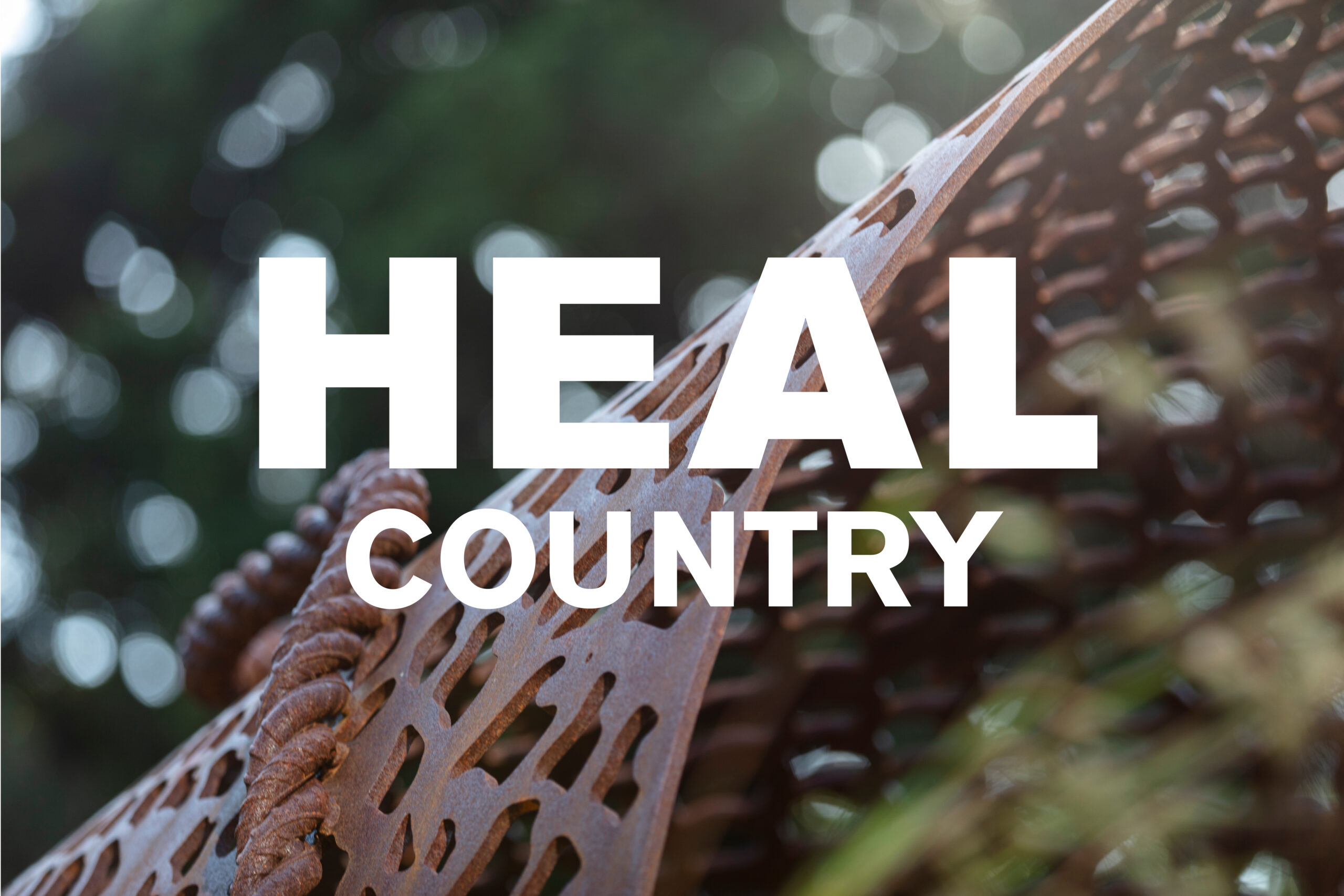As we continue our journey of restoring balance and healing, NAIDOC week is an annual celebration that invites all Australians to rise and celebrate the history, culture, and achievements of our First Nation Peoples.
‘Heal Country!’ is the theme for 2021, and it calls on all of us to keep working to protect our lands, waterways, sacred sites, and cultural heritage from exploitation, disrespect, and destruction. For our First Nation People, ‘Country’ is a ‘being’, sustaining our lives in every aspect – spiritually, physically, emotionally, socially, and culturally. At BLP, we recognise ‘Heal Country’ as a reminder to embed indigenous-led place planning and design principals across our practice.
Through architecture, we connect to ‘place’ and honor what has come before us, providing authenticity to the way we design social infrastructure. This has an impact on not just the social, emotional, and cultural well-being of the entire community, but also the individual’s physical well-being.
As architects, we must demonstrate our understanding of the land in the way we plan and design. It should be entrenched in the DNA of architectural design to design for First Nations peoples and their Country.
We show this understanding by taking a collaborative approach with the Indigenous community from the beginning to the end of the project to assist the development of successful spaces that are welcoming to our First Nations people, their families, and friends.
The Susan Wakil Health Building, University of Sydney (BLP & DS+R) grounded the design in the sense of flow from the surrounding environment and landscape. A direct response to the location on Cadigal Ground and its history of two running tributaries and a birthing ground for local indigenous people.
As part of the University’s Wingara Mura-Bnga Barrabugu commitment to Aboriginal participation and cultural understanding, the design conceives the building as an extension of the landscape, respecting the site’s history while reinforcing its current designation within a modern University context, both physical and programmatically.
Furthermore, for the new Campbelltown Hospital, engagement with the local indigenous community was fundamental to produce the outcome of BLP’s vision of a healing building with a strong link to nature, particularly the Dharawal people’s endemic environment and the city of Campbelltown.
The successful and fulfilling conversations during the early concept design art strategy meetings, generated energy and intent and has enabled a project uniquely born of complex co-existences and overlapping ecologies. These conversations are depicted throughout the built form and façade that are intended to capture and enhance the building’s natural surroundings, resembling the remnant Cumberland Plains Woodland and its three distinct layers: the canopy, the midstory shrub layer and ground cover layer.
Architecture should provide comfort and inclusivity within communities, designed with the knowledge and education that allow First Nations people and culture to thrive. As architectural practices, we can lead this cohabitation through inclusive, considered and educated design that recognises the history and experiences of all Australians.
NAIDOC Week runs from the 4th to the 11th of July 2021 and can be celebrated through a number of activities and events across the country. To find out how you can get involved, visit https://www.naidoc.org.au/.


